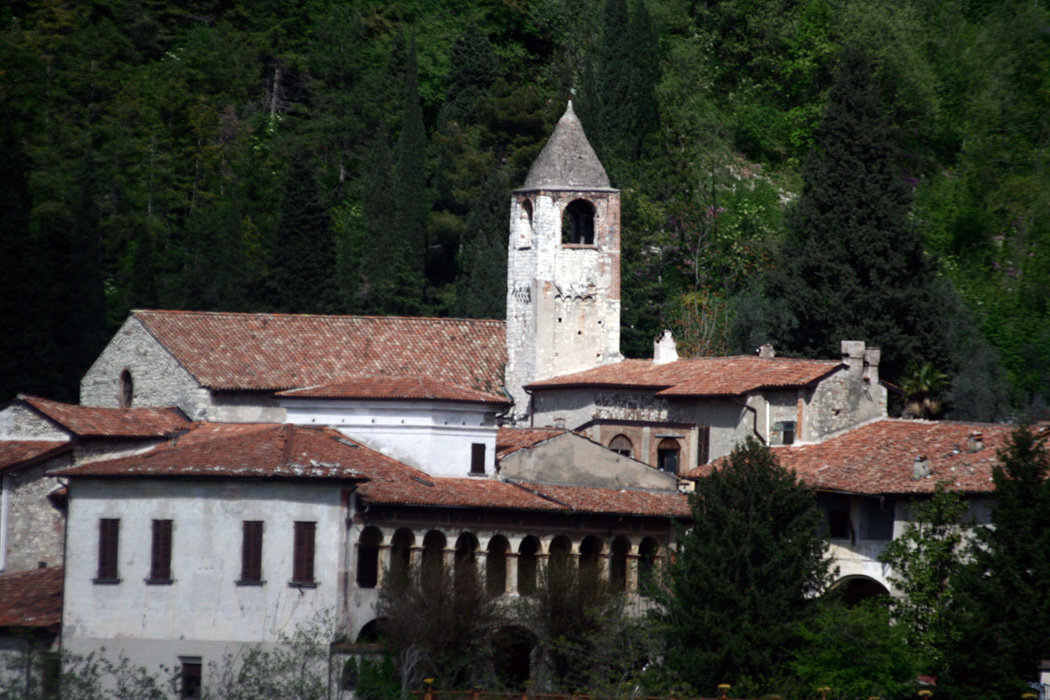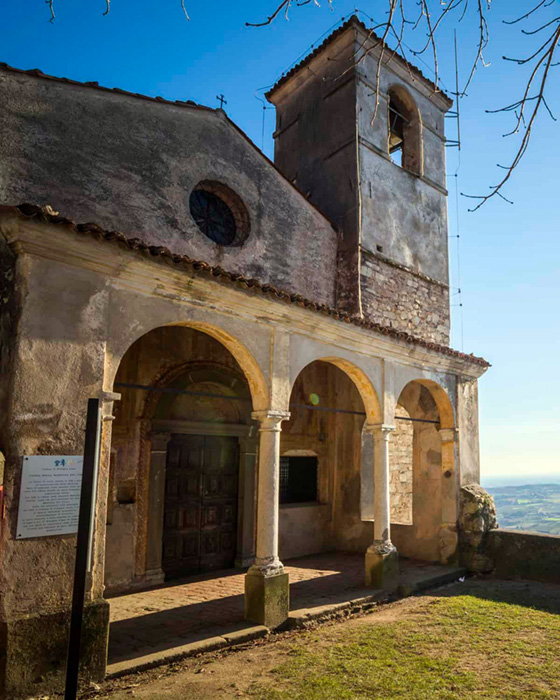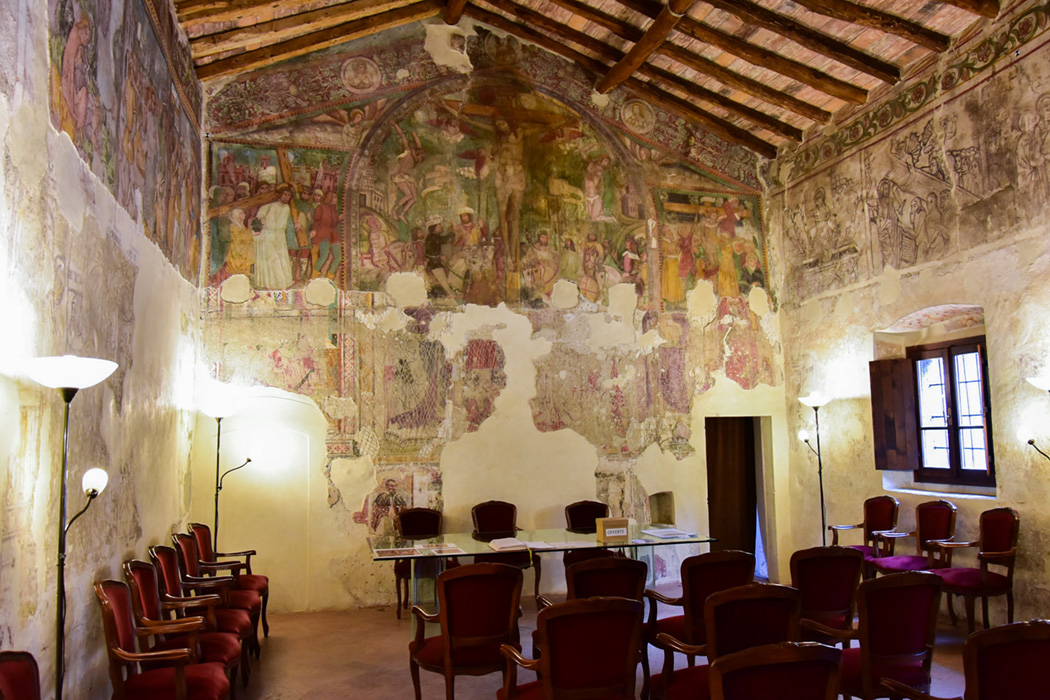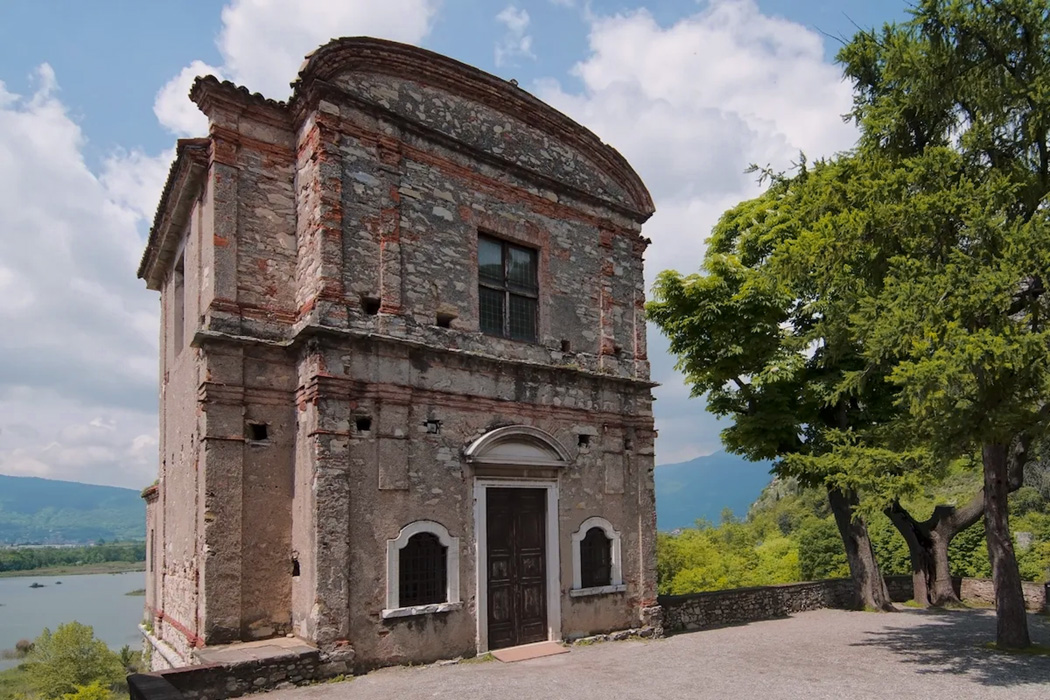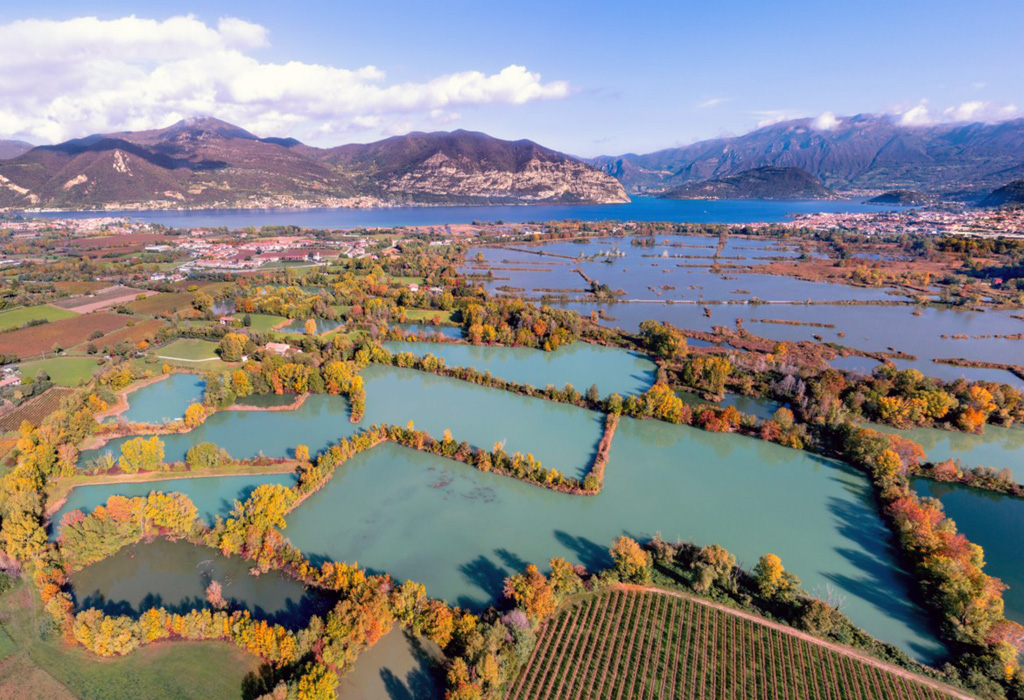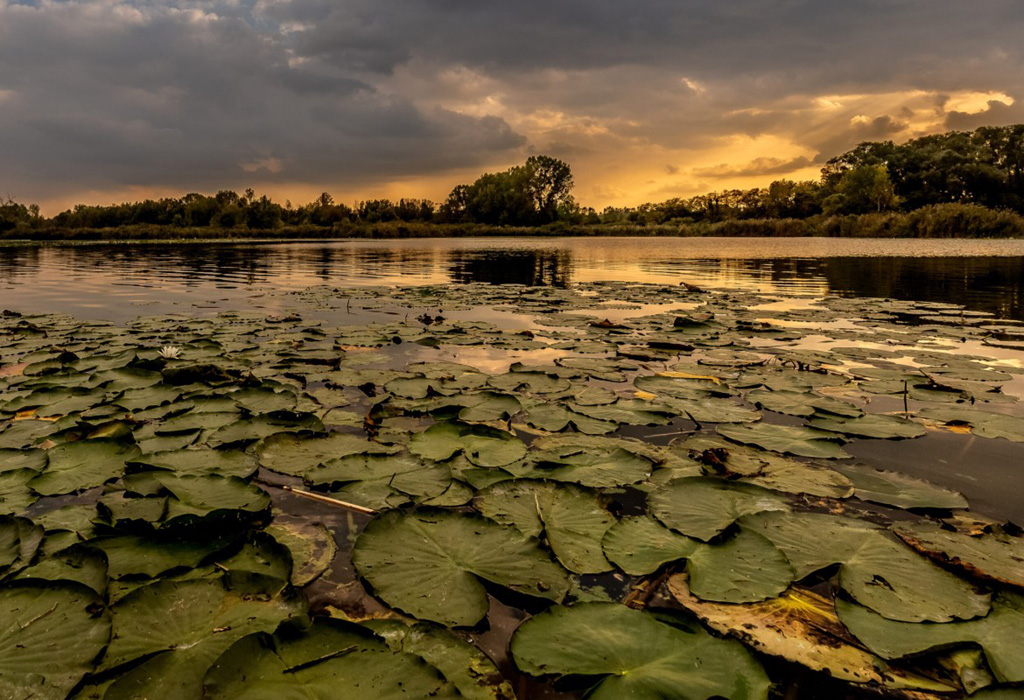The Monastery of San Pietro in Lamosa and the Sebino Peat Bog
>>Bergamo Golf District
>>Lake Garda Golf District
The Sebino peat bog is a wetland area situated in the natural park of the same name, located in the northern Italian region of Lombardy. It covers an area of over 3,500 hectares and is the largest freshwater swamp in Italy.
The Sebino peat bog is a unique ecosystem and a popular destination for bird-watchers, hikers, and nature enthusiasts. The area consists of a series of ponds and canals, surrounded by reeds, cattails, and other aquatic plants. The swampy terrain is home to many species of birds, including the endangered marsh harrier, the black-winged stilt, and the purple heron.
The Sebino peat bog was formed over 10,000 years ago, as glaciers retreated and the land began to thaw. The melting ice formed depressions in the earth, which gradually filled with water and sediment. Over time, the sediment built up, creating the marshy landscape we see today.
In addition to its natural beauty and ecological importance, the Sebino peat bog has a rich cultural history. The area has been inhabited since prehistoric times, and archaeological excavations have uncovered evidence of a Bronze Age settlement and a Roman-era villa.
During the Middle Ages, the Sebino peat bog played an important role in the regional economy. The wetland provided a source of peat for fuel and building materials, and its canals were used for transportation and irrigation. In the 15th century, the peat bog were drained and transformed into farmland. However, by the 19th century, the area had become infertile due to the accumulation of salt and other minerals in the soil.
In the early 20th century, efforts were made to restore the Sebino peat bog to its natural state. The canals were re-dug, and the marshes were allowed to flood again. In 1983, the Sebino peat bog was declared a national park, providing protection for its unique ecosystem and cultural heritage.
Today, visitors to the Sebino peat bog can explore the area on foot or by bike, following a series of trails that wind through the wetlands. There are also observation towers and hides where visitors can watch the many species of birds that call the Sebino peat bog home.
In conclusion, the Sebino peat bog is a fascinating example of the intersection between human history and natural ecology. Its unique landscape and rich cultural heritage make it a must-visit destination for anyone interested in the natural world and the history of Lombardy.
Close to the peat bog stands the San Pietro in Lamosa Monastery, an architectural complex with a millennial history. This ancient monastery, immersed in the tranquility of nature, is in an elevated and dominant position to the west of the town of Provaglio d’Iseo on the expanse of the marshes, always called “lame” and that explains why it is said “in Lamosa”. It was two brothers, Ambrogio and Oprando, of Lombard nation, as they declared, who donated in December 1083 to the Benedictine monastery of Cluny a small church with all the assets they endowed in suffrage of their souls.
Twelve years later, the monastery was already adjacent, which in 1147 became a Cluniac priory. The original church had already been expanded. This is attested by the different external walls. Next to the primitive apsidiole of the 11th century, the Romanesque lateral nave had been added. New expansions were carried out in the 13th century in the part that is now framed in terracotta and others in the sixteenth century with the elevation of the central apse and the last chapel.
A Latin plaque recalls the passage, which took place in 1536, of the church to the regular canons of San Salvatore who officiated at San Giovanni in Brescia. Today, the religious complex consists of the central nave, the north lateral one with four chapels, and the bell tower. To the south of the church, the cloister opens. The main nave ends with a choir with an apse flanked by two baroque altars set in two apsidioles. The pillars and walls are partially covered in well-preserved frescoes. In the 1960s and 1970s, the complex suffered serious damage due to both weather conditions and vandalism.
Currently, the Monastery, a complex composed of religious and civil buildings, is partly privately owned; the Church and the Cimiterium in front of it were donated in 1983 to the Parish of Provaglio, and a portion of the monumental complex was purchased by the Municipality of Provaglio d’Iseo in 2000. This includes some rooms, the Oratory of the Disciplines (now known as the Disciplines Room) from the Baroque period with important early sixteenth-century frescoes, the majestic crucifix, the small internal cloister, an auditorium/ conference room, and a complex succession of rooms that leads to the pigeon loft. On the basement floor, there is a multipurpose room used as a study room, exhibition space, and space for the organization of cultural events.
The San Pietro in Lamosa Monastery has joined the European Network of Cluniac Sites, sponsored by the Council of Europe as a “Great European Cultural Itinerary” and is open to the public from Tuesday to Friday.

